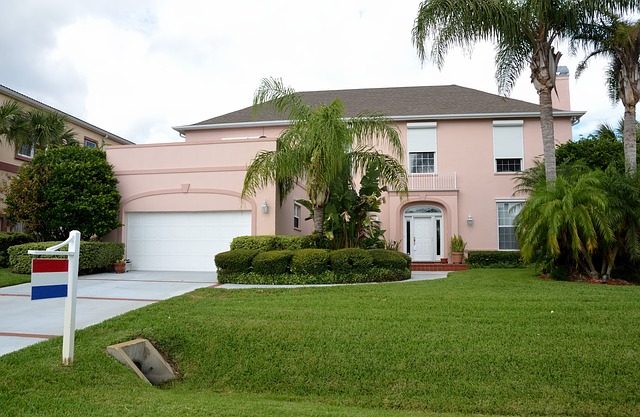Case-Shiller: December Home Price Growth Slowest in 4 Years
 Case-Shiller Home Price Indices reported the slowest rate of U.S. home price growth since November 2014. According to the 20-City Home Price Index, Home prices grew by 4.20 percent year-over-year and were 0.20 percent higher in December as compared to November. The 20-City Home Price Index fell short of analysts’ expected gain of 4.80 percent year-over-year. Case-Shiller’s National Home Price Index reported home prices increased 4.70 percent in the fourth quarter of 2018.
Case-Shiller Home Price Indices reported the slowest rate of U.S. home price growth since November 2014. According to the 20-City Home Price Index, Home prices grew by 4.20 percent year-over-year and were 0.20 percent higher in December as compared to November. The 20-City Home Price Index fell short of analysts’ expected gain of 4.80 percent year-over-year. Case-Shiller’s National Home Price Index reported home prices increased 4.70 percent in the fourth quarter of 2018.
While home price growth is sluggish, home prices continued to rise faster than wages. This creates obstacles to affordability for many would-be home buyers. Fears about rising mortgage rates and inflation, also concerned would-be home buyers seeking affordable homes.
20-City Home Price Index: Home Price Growth Rose In Only 5 Metro Areas
Las Vegas, Nevada led in home price growth for December with a year-over-year increase of 11.40 percent. Phoenix, Arizona home prices rose 8 percent year-over-year, and Atlanta, Georgia home prices increased by 5.90 percent. Home prices in west coast cities including San Francisco, California and Seattle, Washington grew at a slower pace than in prior years, which could indicate that high-demand metro areas are approaching peak home prices.
December home price growth surpassed November readings in five cities tracked in the 20-City Index. Three cities reported no change in month-to-month home prices growth. David M. Blitzer, Chair of the S&P Dow Jones Index Committee, acknowledged that year-over-year home prices continued to fall despite the prior assertion that housing markets were not approaching “bubble” conditions seen in the Great Recession.
Serious Headwinds Face Prospective Home Buyers
According to data compiled by the National Association of Realtors®, 27 percent of prospective home buyers surveyed at the end of 2017 believed that they would face fewer challenges to finding and buying a home in 2018. Prospective buyers surveyed in late 2018 who planned to buy within the next year decreased from 24 percent to 13 percent. Combined impacts of high home prices, potential increases in mortgage rates and strict mortgage requirements discouraged some would-be buyers, but whether this is a short or long-term trend will depend on factors including inflation, wage growth and inventories of homes for sale.
Market conditions can vary by location. Please be sure to consult with your trusted home mortgage professional to find out about market specifics in your area as well financing options.
Categories
- Around The Home
- Awards
- Bankruptcy History
- Budget
- Chapter 7 Bankruptcy
- Construction Loan
- Credit
- Credit Scoring
- Environmental Awareness
- Escrow Tips
- Fair Housing
- Federal Reserve
- FHFA
- Financial Crisis
- Financial Fraud
- Financial Reports
- Foreclosure
- Holiday Tips
- Holidays
- Home Building Tips
- Home Buyer Tips
- Home Buying Tips
- Home Care
- Home Care Tips
- Home Decorating
- Home Financing Tips
- Home Maintenance
- Home Mortgage
- Home Mortgage
- Home Mortgage Tips
- Home Mortgages
- Home Seller Tips
- Home Selling Tips
- Home Tips
- Home Values
- Home Values
- Homebuyer Tips
- Homeowner Tips
- Housing Analysis
- Housing Market
- Investment Properties
- Market Outlook
- Mortagage Tips
- Mortgage
- Mortgage Application
- Mortgage Guidelines
- Mortgage Rates
- Mortgage Tips
- mortgage-rates-whats-ahead-september-17-2012
- Organization Tips
- Personal Development
- Personal Finance
- Rankings
- Real Estate
- Real Estate Definitions
- Real Estate Tips
- Real Estate Trends
- Selling Your Home
- Student Loans
- Tax Debts
- Taxes
- The Economy
- Travel
- Uncategorized